Worskshops with children at curiosum focused on the emotional experience sparked curiososity and inspiration
Interactive playgrounds
The project addresses the need to introduce basic programming concepts to children in a fun, playful, and accessible manner, aiming to demystify technology and make it accessible to young minds. The goal is to create something that through playground scenarios and intuitive solutions, can allow children to engage in simple coding while participating in play, creating an environment where they can naturally explore and learn basic datalogic thinking. Partnerships with Hello Ruby and the Science Center Curiosum in Umeå were instrumental in shaping the project's direction, facilitating close collaboration and workshops with the target audience. The project's goals include fostering creativity and logical thinking in children through the integration of basic programming concepts into playground activities, as well as increasing interest in programming, particularly among those not traditionally drawn to computer education materials. The reslut introduces a wall-mounted "activity system" for playgrounds, fostering computational thinking and casual learning through sand play. Emphasizing open exploration, it encourages children to test ideas, troubleshoot, and learn cause and effect. With values of inclusive design and accessibility for children with diverse needs, promoting imaginative play and skill development in a diverse age range. The system's modularity allows for expansion and customization, to suit specific need for the playground in question, accommodating various logical concepts and potential for additional components. Through playful interaction with sand, children develop problem-solving skills, making the project a hopefully valuable asset in promoting creativity and cognitive development in playground environments.
Project information
As technology increasingly influences our society, the need for education in the systems and processes governing technology becomes more pronounced. Those who develop and program the systems possess a growing amount of power, and therefore, we need a diversity of people with this skillset to create a digital world that reflects reality.
The goal and purpose of the project is to promote creativity and logical thinking in children through the integration of basic programming concepts into playgrounds. Furthermore, the aim is to increase interest in programming by specifically attracting those who are not typically drawn to computer and programming materials, with the ultimate goal of inspiring a broader range of individuals to pursue technology education, including attracting more girls to technology and programming. Through these goals, the project hopes to not only create an inclusive play environment but also contribute to a future where the possibilities of technology are more accessible to everyone, regardless of gender, economic background, or ethnicity.
Methods
Through workshops with children at Curiosum, user testing, observations from playgrounds, and inspiration from literature on pedagogy, play, and the importance of teaching coding, a hypothesis for learning/play in this context was developed and articulated through a circular model based on iteration. To describe the desired sequence of events, a learning/play model with three phases has been outlined: reflection, program execution, and anticipated surprise.
The project has navigated concrete design problems by experimenting with bringing abstract mathematical concepts into the real world - while also exploring softer values:
What do we want to teach the builders of tomorrow?
Results
A wall-mounted activity system for playgrounds designed to teach children about computational thinking through sand play. The system is modular and allows architechts and playground designers to use the system to suit the specific needs of each playground. In the result there is emphasis on open exploratory play and learning about cause and effect (causality). Open ended play encourages children to create their own context, thus strongly aligning with the project's goal of promoting creativity. By encouraging children to test their own ideas and hypothesis, whether through competition, social simulations, real-life scenarios, or exploration of the sands reactions to different weather conditions, the project hopes to contribute to the development of childrens logical thinking, problem-solving skills and creativity.
In collaboration with:
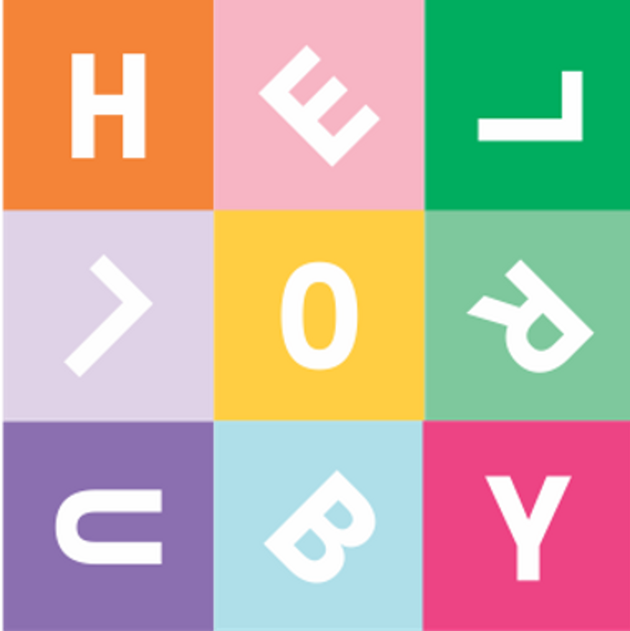
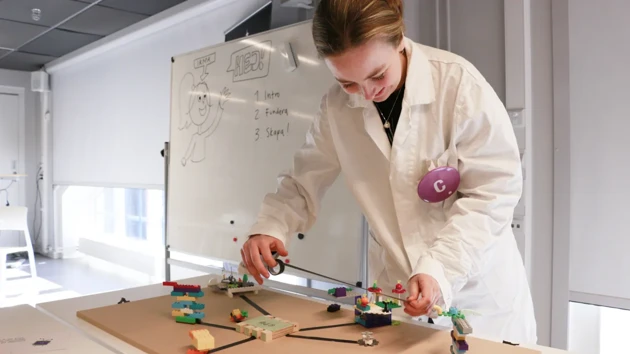
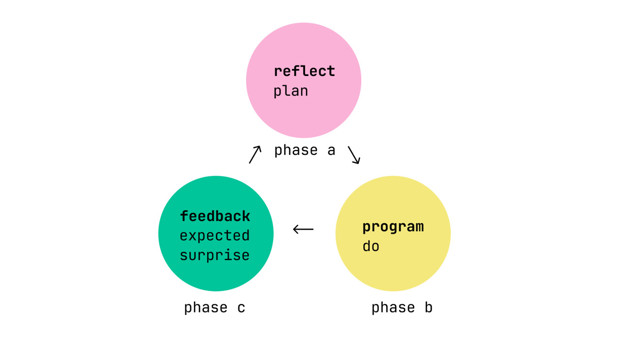
Learn/Play hypothesis

Early Ideation
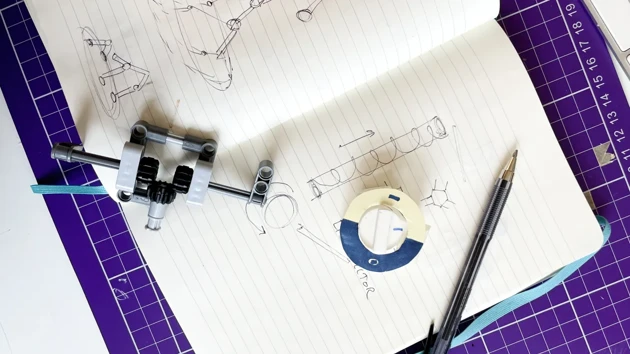
Focusing on boolean operations and logic gates – trying to make mechanical variants
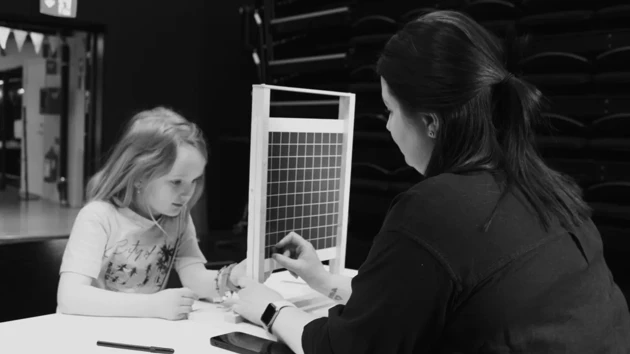
Testing out prototypes at Curiosum, ”blind maze”
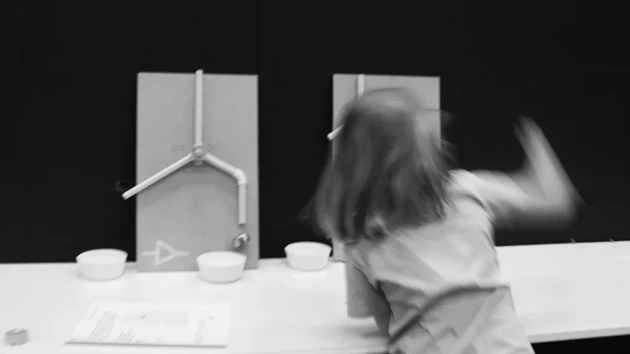
Testing out prototypes at Curiosum, ”mechanical logic gates”
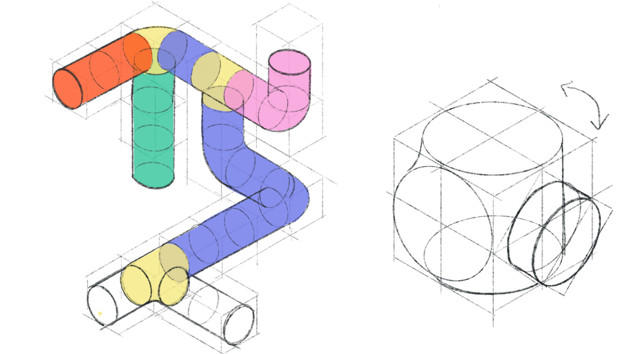
Continuing the work with tubes and swicthes
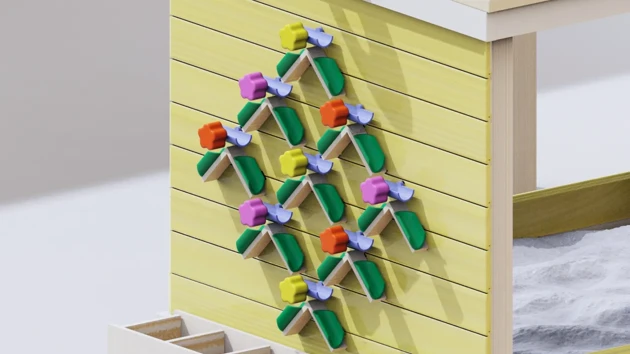
Result illustrated with 9 swicthes
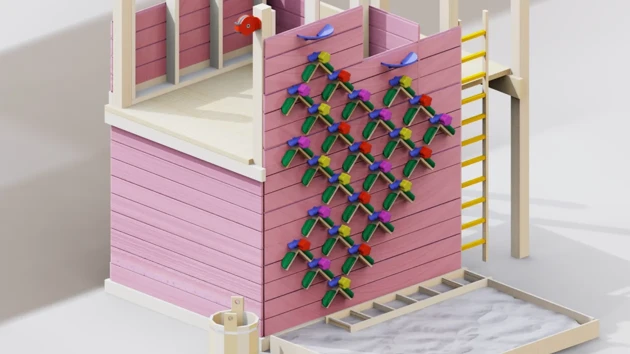
Modular system allows for different layouts
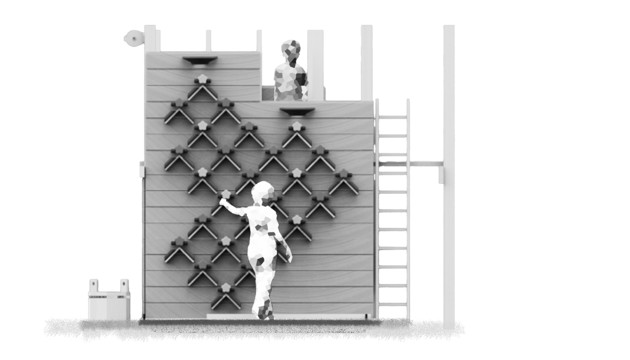
Front view










